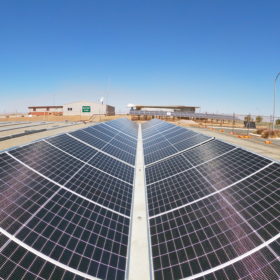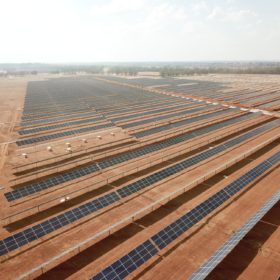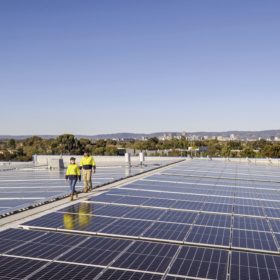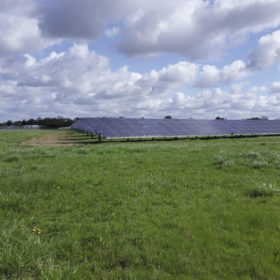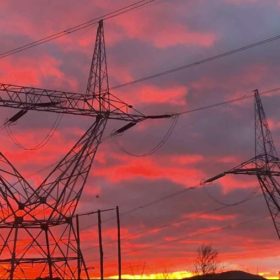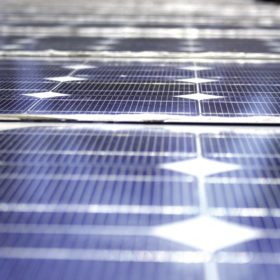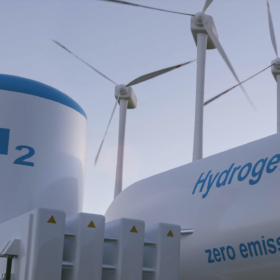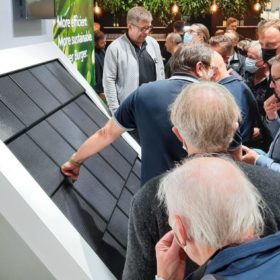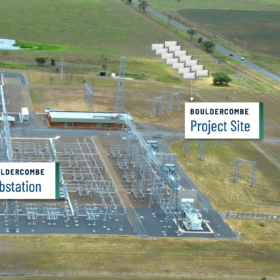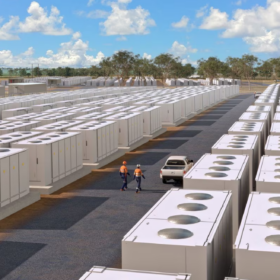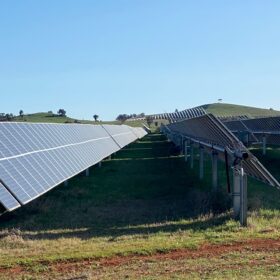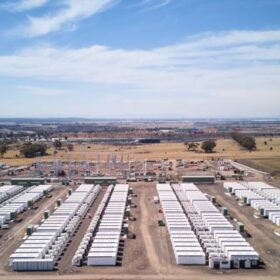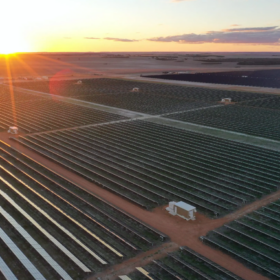The changing landscape of the modular marketplace
The modular solar marketplace is growing, especially in Australia where remote mining and agricultural sites appreciate the benefits of compact, moveable solar. One new entrant is Western Australia’s CDI Energy with its “Rapid Solar Module”, which CDI founder and CEO Darryl Bower told pv magazine is up to 30% cheaper than fixed axis alternatives.
Canadian fund Omers plans to acquire 49% of FRV Australia
Fotowatio Renewable Ventures’ (FRV) Australian platform includes 637 MW (DC) in projects already operational or under construction, and a pipeline comprising 7 GW of solar projects and 1.3 GWh of battery storage.
Victoria invites consultation on how to make renewable energy more accessible to C&I users
Renewable generation is now the cheapest source of electricity, but for many C&I users accessing green energy is a complex proposition. The Victorian Government wants to retain and attract more businesses, build more renewable energy, create more jobs — is a market facilitation platform the next piece of the puzzle?
Saturday read: Powerful equation to expand C&I
Big rooftop PV systems on factories, warehouses and public buildings need not be limited by ownership issues nor local grid capacity, claims Australian innovator EleXsys Energy. The company is maxing out an Ikea in Adelaide, Australia, with solar and storage. And it claims its smart technology can allow the same to be done elsewhere.
Octopus Energy, RES to invest in UK green hydrogen economy
Octopus Energy and RES have announced a new partnership under which they plan to invest GBP 3 billion (AU$5.5 billion) in the construction of green hydrogen plants throughout the United Kingdom by 2030.
States pave way for Morrison to beat 2030 emissions pledge
With Prime Minister Scott Morrison under increasing pressure to back a 2050 net-zero carbon emissions target before the United Nations’ COP26 climate conference in Glasgow at the end of the month, a new report indicates the federal government can capitalise on state and territory efforts to keep the global 1.5°C goal in play.
Australia’s largest solar supplier expects shortfalls and up to 30% prices hikes as global stock contest escalates
Australia’s largest wholesale solar distributor is expecting shortfalls of supply coupled with 20% to 30% cost increases as a result of the energy crisis in China. The situation in Australia is particularly fragile, pv magazine Australia was told, with our low pricing and the comparable size of our market not playing to our favour in the global battle for solar supplies.
Why the NSW hydrogen strategy is ‘smarter’ in its $80 billion industry proposition
The New South Wales government at long last released its hydrogen strategy today. The wait, according to hydrogen expert Andrew Horvath, has been worthwhile. He described the strategy as clever in its approach to drawing longterm hydrogen investment into the state. “It’s a little bit different the way [NSW] looked at it,” he told pv magazine Australia, refuting the strategy’s branding as less ambitious than other states.
Meyer Burger unveils new solar tiles
Meyer Burger plans to start selling a new building-integrated PV product from 2022. It says the solar tiles have a high energy yield, with simplified installation and the ability to also provide heating. German engineering company paXos designed the tiles.
Genex Power seizes the opportunities for renewable energy storage at the north end of the NEM
The first big battery to stand alone without government support, Bouldercombe Battery Project capitalises on Genex Power’s experience gained on the road to Kidston Clean Energy Hub.
